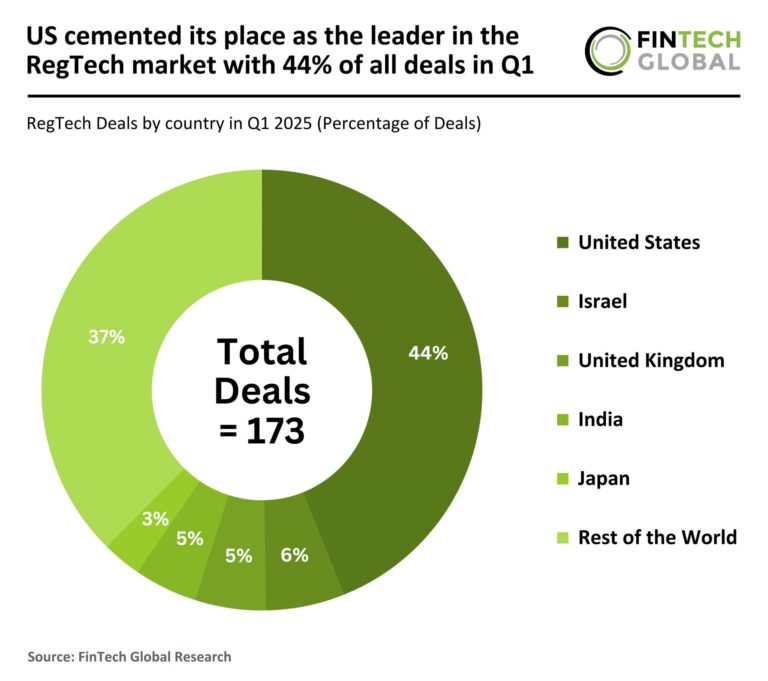Exploring the Innovation Impact of Regulatory Sandboxes: Unlocking Opportunities for Growth
Regulatory sandboxes are increasingly recognized as essential tools for fostering innovation in the financial sector. These controlled environments allow businesses to test new products, services, or business models while ensuring compliance with regulatory standards. By offering relaxed requirements, regulatory sandboxes promote creative solutions while maintaining consumer protection and effective risk management.
Understanding Regulatory Sandboxes
A regulatory sandbox serves as a safe space for companies, particularly in the financial services industry, to experiment with innovative technologies and compliance solutions. According to RelyComply, these sandboxes are not only a response to the growing demand for innovation but also a critical recommendation from the Wolfsberg Group regarding the monitoring of suspicious activities.
Benefits of Regulatory Sandboxes
Regulatory sandboxes present numerous advantages, including:
- Enhanced Collaboration: They facilitate partnerships between financial institutions and RegTech providers, allowing for shared expertise in developing best-in-class compliance solutions.
- Streamlined Data Management: Sandboxes can simplify data storage by transitioning from legacy systems to a unified source of truth.
- Testing Innovative Products: Specific financial services, such as payment service providers (PSPs) and insurtechs, can trial models for new products, like AI-driven solutions, before a full launch.
- AML and KYC System Optimization: Practitioners can test operations compliant with regulatory requirements and tailored risk policies, minimizing enforcement risks.
Furthermore, sandboxes enable the creation of audit trails and version controls, providing evidence of successful anti-money laundering (AML) practices without compromising customer data.
The Future of Regulatory Sandboxes
RelyComply suggests that the evolution of regulatory sandboxes will involve broader adoption across various financial sectors. For instance, the Monetary Authority of Singapore has effectively utilized sandboxes to foster fintech development, while the UAE has enhanced its regulatory framework, leading to its removal from the FATF’s greylist.
As regulatory sandboxes become more mainstream, they will play a pivotal role in shaping the financial landscape. This includes encouraging continuous learning from successful implementations globally, ultimately enhancing compliance with international AML standards.
Catalysts for Innovation
According to Annalisa Camarillo, Chief Communications Officer at Quantifind, regulatory sandboxes are powerful catalysts for technological innovation in financial compliance. She identifies three key impacts:
- Accelerated AI and ML Adoption: Sandboxes allow firms to implement AI-driven risk models without facing regulatory penalties, leading to more agile compliance strategies.
- Strengthened Collaboration: They provide regulators with firsthand experience of new compliance technologies, resulting in realistic regulatory frameworks.
- Increased Investment Opportunities: Companies that successfully navigate sandbox evaluations gain credibility, which translates into faster regulatory approvals and heightened investor confidence.
Camarillo believes that as regulators acknowledge the benefits of controlled testing environments, more jurisdictions will adopt AI-focused regulatory sandboxes. This will ensure that financial crime compliance evolves alongside emerging risks and innovations.
In conclusion, regulatory sandboxes are far more than platforms for experimentation; they are vital mechanisms for fostering collaboration, enhancing compliance, and driving innovation across the financial industry.







